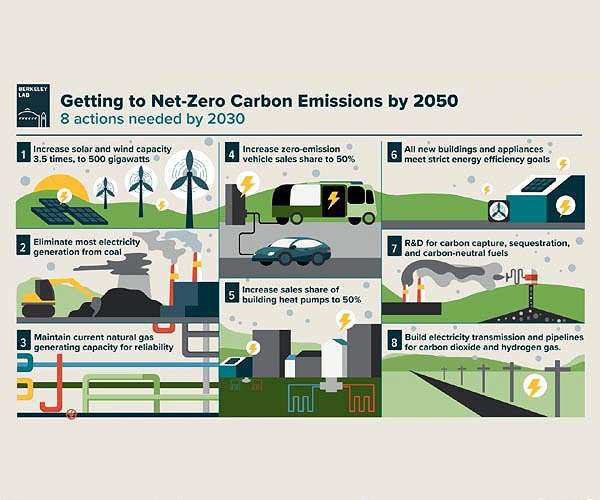Optimization of photovoltaic systems for energy-neutral houses
Residential buildings contribute significantly to global energy consumption, prompting many countries to seek effective solutions amid the ongoing energy crisis. A promising approach is to make homes self-sufficient by generating their electricity using photovoltaic (PV) systems.
A common challenge when promoting residential PV systems is determining the optimal size of solar panels and batteries for each home. While it may seem simple, finding the best solution for many homes quickly becomes computationally intensive. This complexity increases even further when uncertain factors such as variations in average solar radiation, energy consumption patterns and potential energy sharing between homes are taken into account.
To tackle this problem, a research team from Japan, including Professor Takeshi Hatanaka from the Tokyo Institute of Technology, has developed a new and efficient method to solve this optimization problem. Their approach, detailed in an article published in IEEE Access on June 6, 2024, aims to realize zero-energy homes (ZEHs) – homes designed to have near-zero annual net energy consumption. This research was conducted in collaboration with Waseda University and Toyama University.
The researchers formulated the optimization problem as a system of mathematical equations and inequalities to determine the optimal sizes of PV panels and batteries in terms of cost and carbon neutrality. They considered scenarios in which each home generates its own energy and in which sharing energy between homes is allowed, also called a ‘sharing economy’.
The main challenge was that such complex optimization problems are typically non-convex, meaning that solver algorithms can settle for suboptimal solutions. To overcome this, the researchers applied transformations to convert the original problem into a linear programming (LP) problem, which is more manageable.
The team tested their approach in a Japanese neighborhood with available energy and solar energy data for 134 households. They have successfully found optimal solutions for both individual and sharing economies. “Our numerical examples used real-world data instead of relying on synthetic data, increasing the authenticity of our findings,” Hatanaka points out. “We have shown that achieving ZEH status does not significantly increase costs, implying that it is an achievable goal for residential properties in Japan.”
The experiment also showed that commercial solvers could not solve the original optimization problem due to its complexity. “If we consider about two months of data, the original problem becomes a computational challenge that can take up to 14 hours to solve by commercial solvers. In contrast, the entire problem can be solved in less than ten seconds using using our LP transformations.”
These findings could greatly facilitate the adoption of sustainable energy systems in residential areas by helping planners determine the appropriate size of solar panels and batteries. Hopefully these efforts will lead to cities full of ZEHs.
Research report:Net-Zero Energy home-oriented linear programming for the sizing problem of photovoltaic panels and batteries


